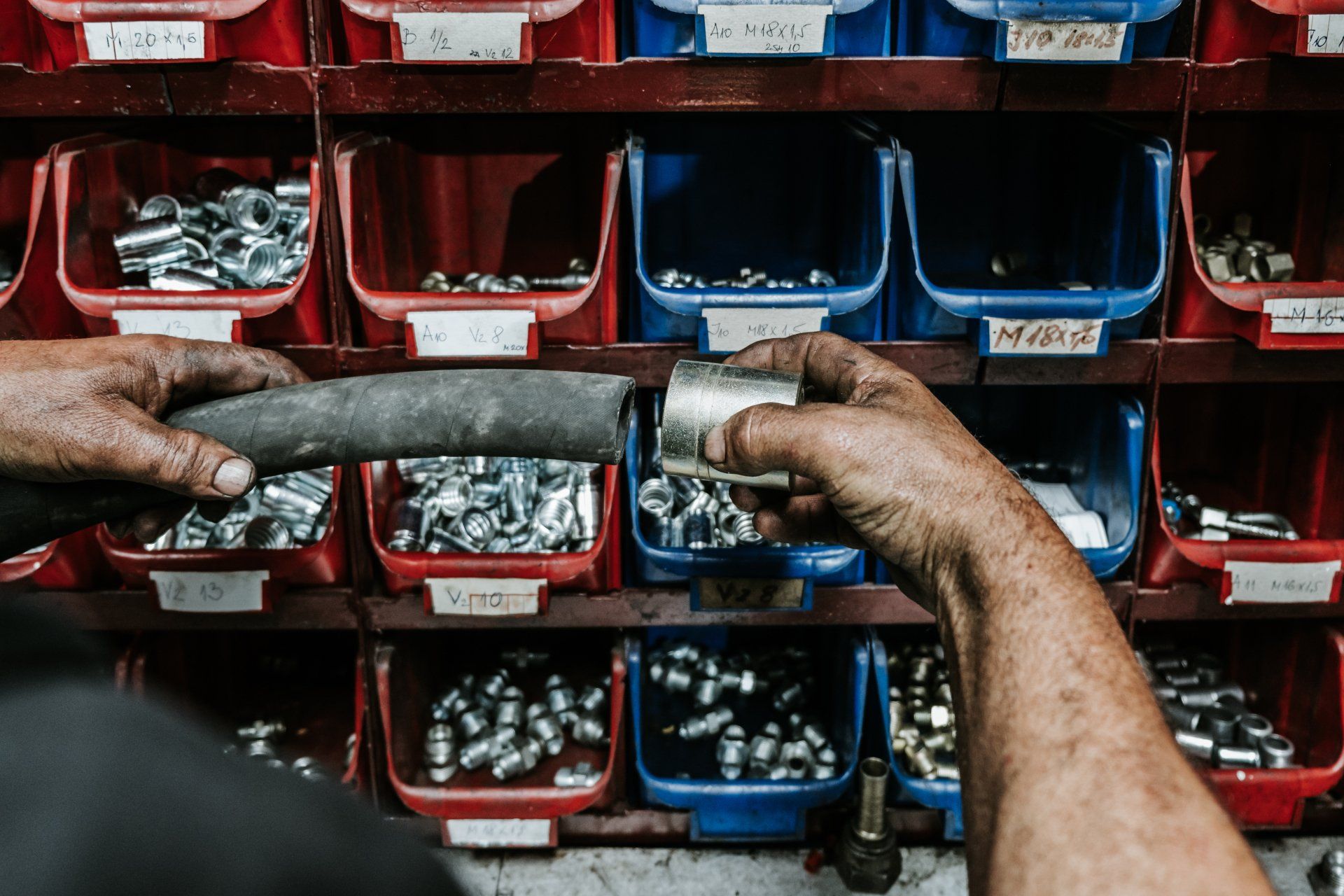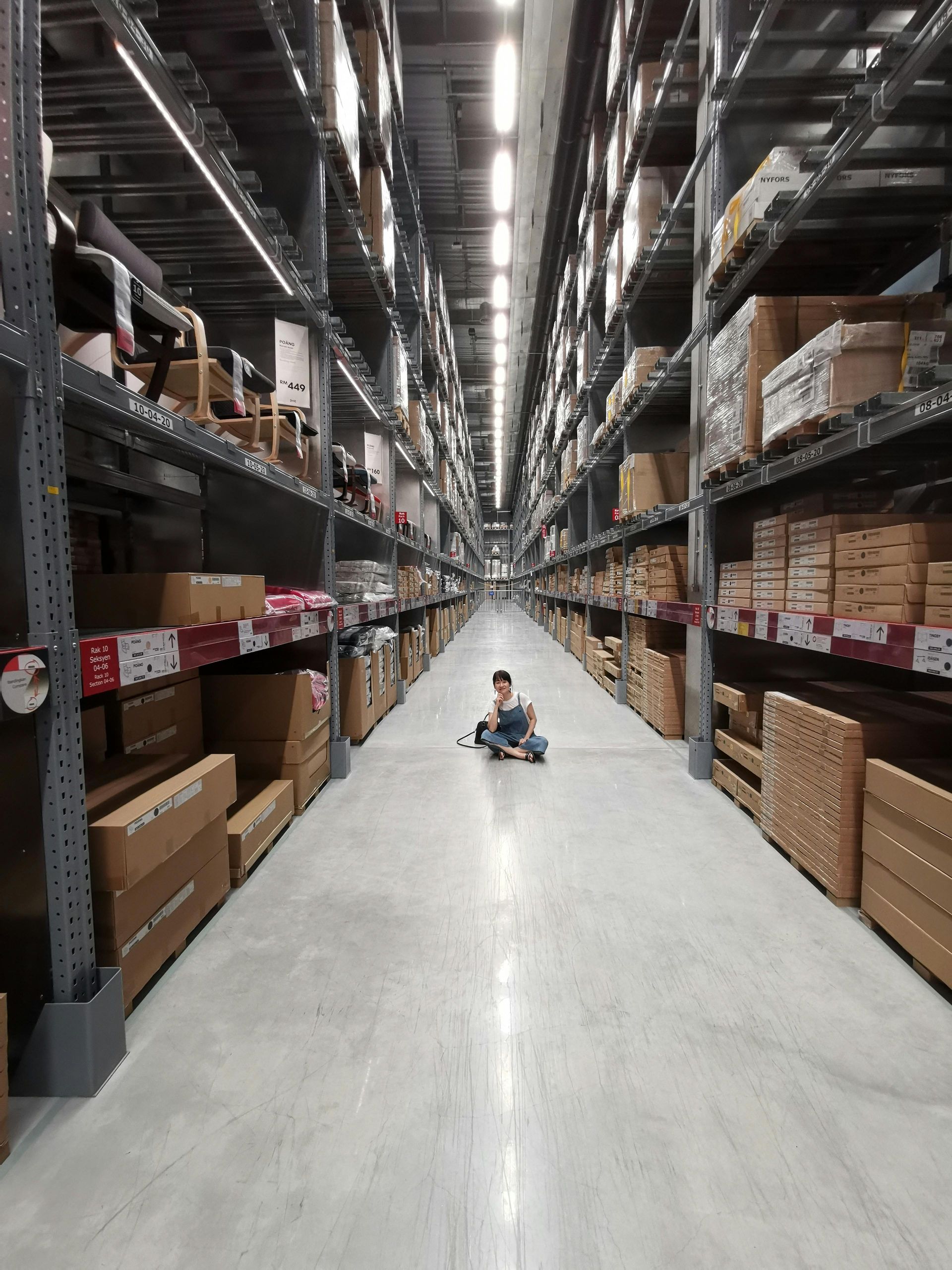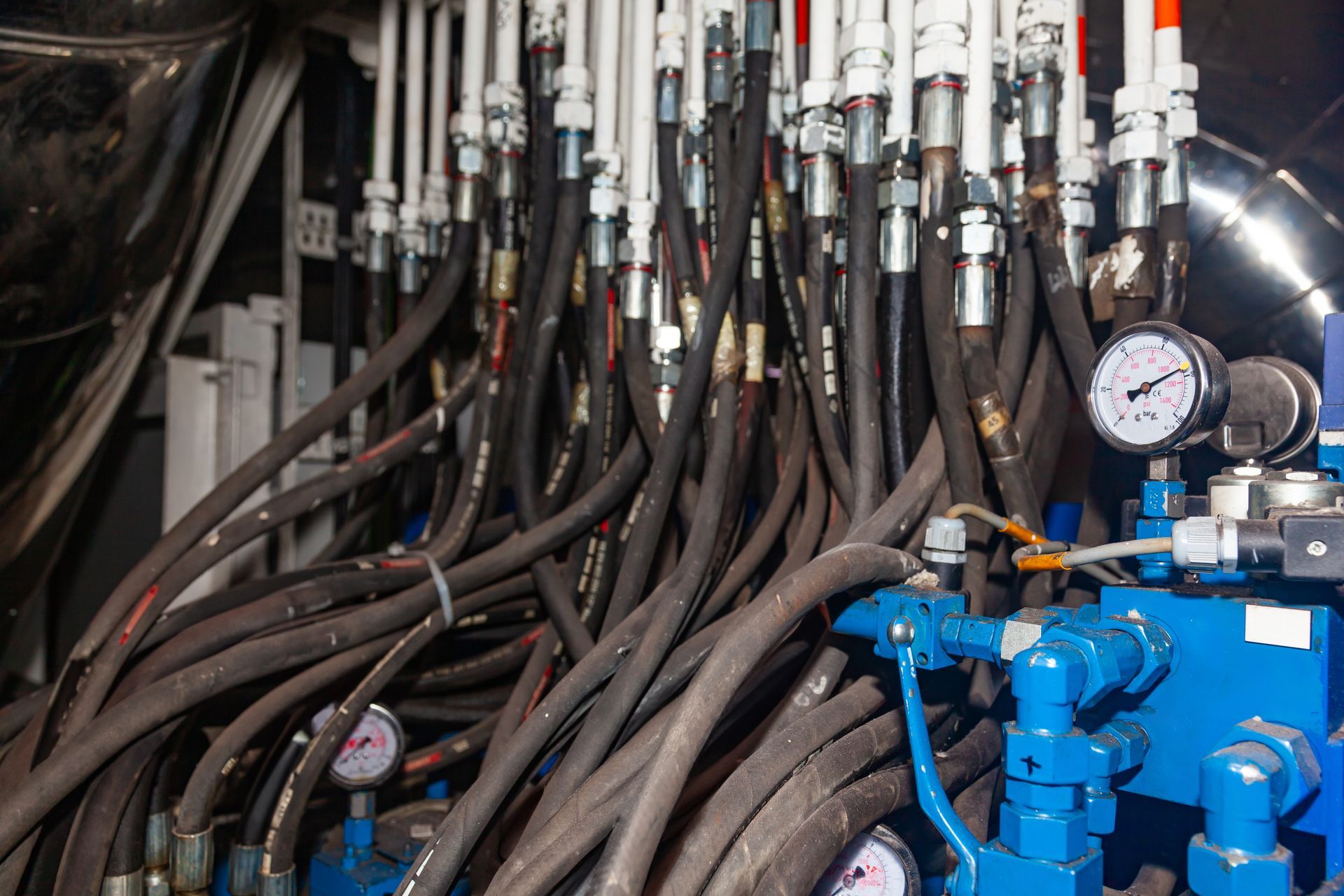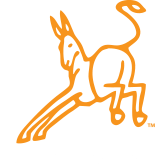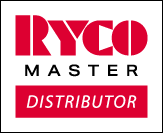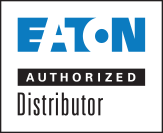Top 5 Mistakes to Avoid When Ordering Custom Hose Assemblies
When time is money and equipment downtime isn’t an option, getting your hose assembly right the first time is critical. At Action Supply, we’ve seen what works, and what causes delays. Whether you're ordering your first replacement or restocking spares for the season, here are five common mistakes to steer clear of when ordering a custom hose assembly.
1. Guessing the Hose Size
One of the most common issues we see is customers ordering the wrong size hose. Measuring outside diameter or making assumptions based on old labels can lead to mismatched fittings or unsafe connections. The correct size isn't just about fit, it affects flow, pressure, and performance. If you’re unsure, bring the hose in, or give us a call. We’re here to help you get it right.
2. Not Knowing the Application
A hydraulic hose used in a high-temperature environment isn't the same as one installed in a mobile construction rig. It’s important to know the working environment, fluid type, temperature range, and pressure requirements. This ensures you receive a hose built to withstand the job.
3. Forgetting the Fittings
Fittings aren't one-size-fits-all. Thread type, angle, and material all matter. If you're replacing an existing hose, it helps to bring in the old assembly or send us photos. We’ll match the fitting correctly to prevent leaks and pressure drops.
4. Overlooking Bend Radius and Length
A hose that’s too long or doesn’t flex correctly can kink, chafe, or wear out prematurely. Be mindful of how the hose will be routed in your equipment. If you’re not sure, our team can walk through the best options for your setup and help calculate the right length.
5. Not Asking for Expert Help
You don’t need to know every detail before you walk in our doors. That’s what we’re here for. At Action Supply, our team builds custom hose assemblies daily, and we take pride in making sure your hose performs safely and reliably.
Need a custom hose?
Stop by or give us a call. We’ll help you avoid the guesswork and get back to work faster—with the right hose, the right fittings, and the right fit for your job.
